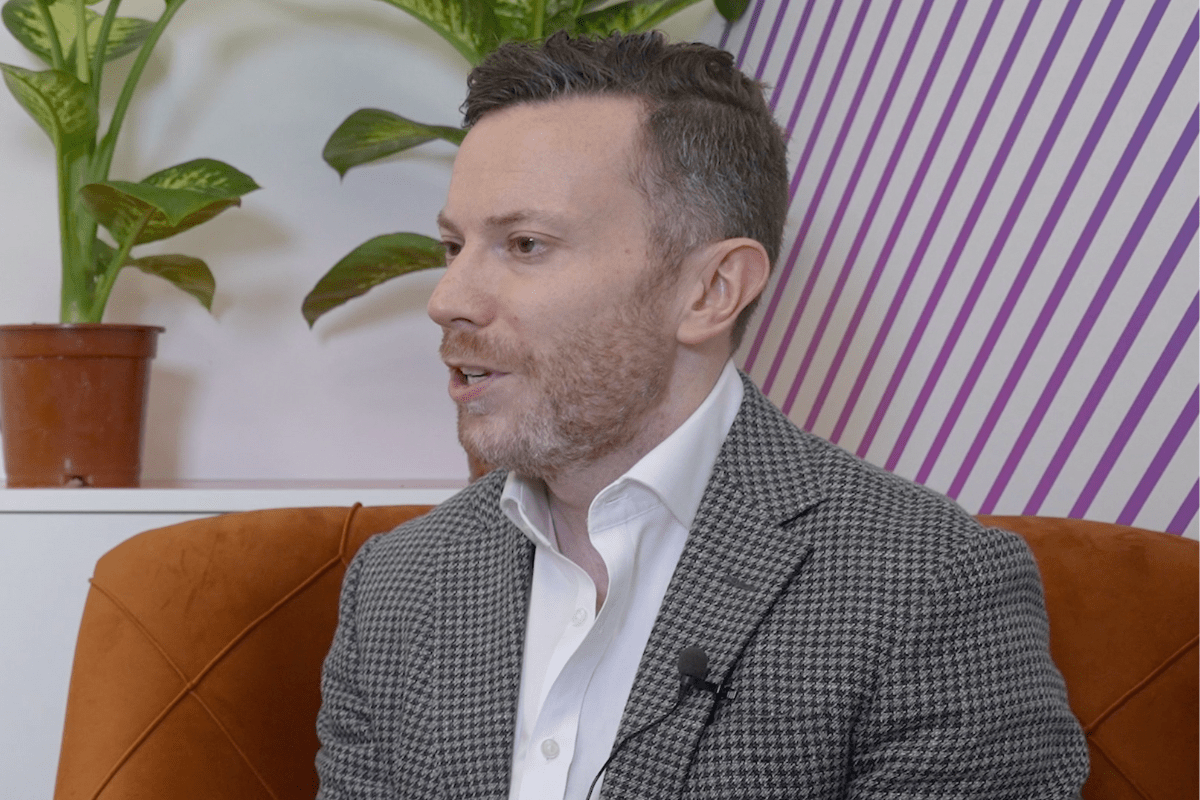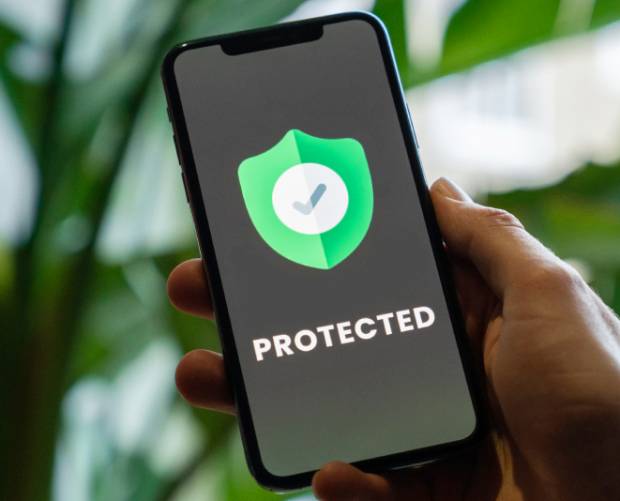[img_assist|nid=22702|title=|desc=|link=popup|align=left|width=117|height=150]M2M (Machine to Machine) technology enables previously dumb devices to communicate with each other, making them smart. Looking forward, it could well be the next big thing for the mobile industry. But like a lot of next big things, its not necessarily the easiest concept to understand.
To get us started, Jürgen Hase – vice president of the M2M competence centre at Deutsche Telekom (DT), the German telco which owns T-Mobile – shared the definition his company uses:
“M2M is any interaction between machines – by which we mean devices that arent smartphones or tablets – however they connect,” said Hase. “It doesnt necessarily mean pure mobile connectivity, it could be combined with, for example, NFC or even a wired line.”
That can mean anything from intelligent fridges which know whats being put in them, to systems for farmers to monitor their cattles well-being and when theyre ready for mating. Its an undeniably broad topic.
Getting involved
DTs own involvement in M2M began with the opening of its competence centre in February 2010, which aimed to gather together knowledge across the nine segments which it uses to divide up the M2M ecosystem. Mapping these helps to show some of the most common use cases for M2M – the segments are energy; consumer electronics; healthcare; transport and logistics; retail and commerce; security; industrial automation; public sector; and automotive.
The top three, as far as DT is concerned, are automotive, energy, and healthcare. Automotives position has been cemented by a recent EU directive, which requires all cars manufactured from 2015 to feature emergency call functionality.
[img_assist|nid=22704|title=|desc=|link=popup|align=right|width=150|height=119]“Its a function that will only be used once at most,” said Hase, “so the data streams really low, but normally youre combining these things with additional features, such as telemetric services. The next step that will be most interesting is car-to-car communication, and entertainment – whether thats movies, app stores, in-car wi-fi hotspots – as that increasingly becomes individual cars USP.”
The energy sector includes smart meters on the consumer end, and a smart grid – which monitors and measures energy distribution to increase efficiency and reliability – for energy suppliers. Hase believes that, in the short term, it will be the smart grid that is adopted more heavily, especially as the industry moves towards alternative power sources.
Hase foresees a major surge of growth in the healthcare sector from outside of Europe, in countries without public-funded healthcare. While it might be hard to see the NHS splashing the cash on piloting M2M, he foresees private patients, and thus institutions, being more willing to pay for mHealth solutions.
Teaming up
“M2M doesnt stop along with country borders,” said Hase. “We have to increase infrastructure quality, which means global co-operations are necessary.”
To this end, DT has partnered up with other European operators, including France Télécom and TeliaSonera, as well as with smaller technology companies and developers, to help get M2M out into the world and iron out the wrinkles.
“We have 150-plus partners currently, worldwide, and thats increasing,” said Hase. “Generally they are innovative companies, who know what they are doing, but arent big enough to sell their products worldwide, so they could benefit from DTs market reach and marketing power. Its a win-win situation.
“I believe security and quality are the key drivers for the future, especially in the enterprise market. If you want to optimise the customers process, it just has to run – and in a secure way. That means that first youve got to get millions of machines running smoothly, so we work closely with developers, so they can contribute to the ecosystem.”
[img_assist|nid=22703|title=|desc=|link=popup|align=left|width=150|height=88]
Going forward
Truthfully, M2M hasnt yet affected many consumers or businesses in any meaningful way. The latter will come first, according to Hase, as businesses adopt and streamline the technology and its uses.
“In the short term, over the next one to two years, M2M growth will be more driven by the enterprise sector,” he said. “And then itll start to move over, with the connected house incorporating M2M for security, meters, these sorts of things. Well then be able to offer these things to the consumer, but before then we need to test it more and smooth out the experience.
“Ultimately, we believe M2M will influence improve our daily lives, both on the business side and the private side – thats our vision. Connecting life and work is one of the big streams at DT, its where it all comes together, and the broad variety of applications powered by M2M will make life much easier and more comfortable.”

















